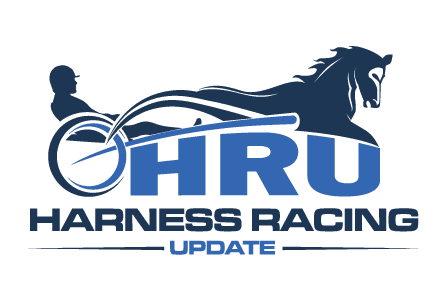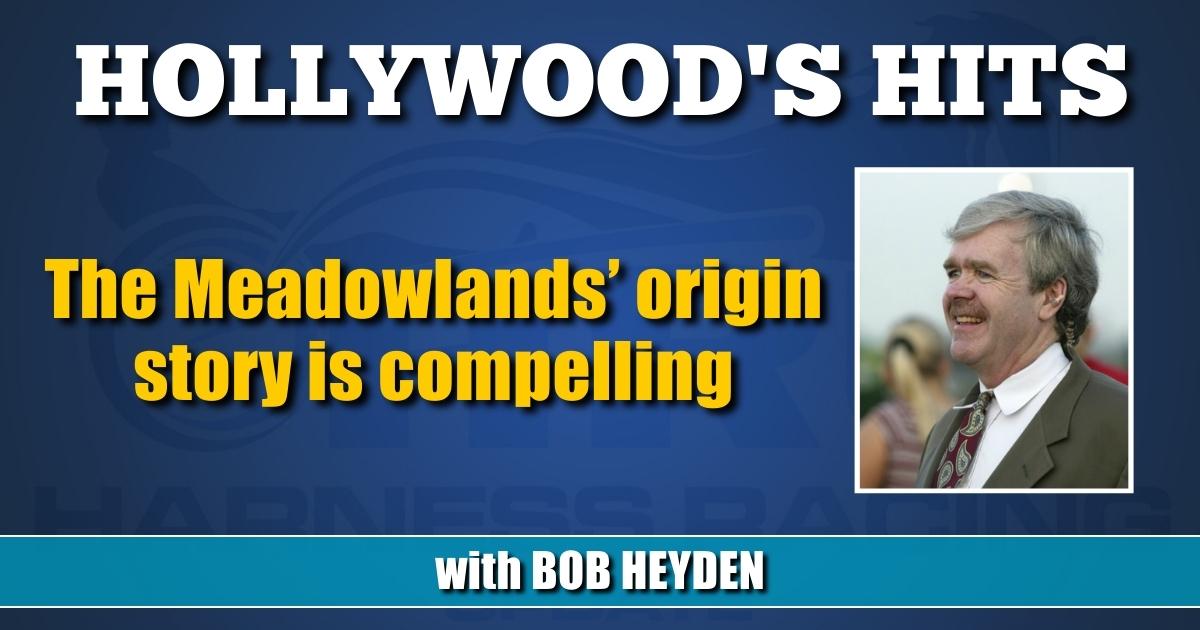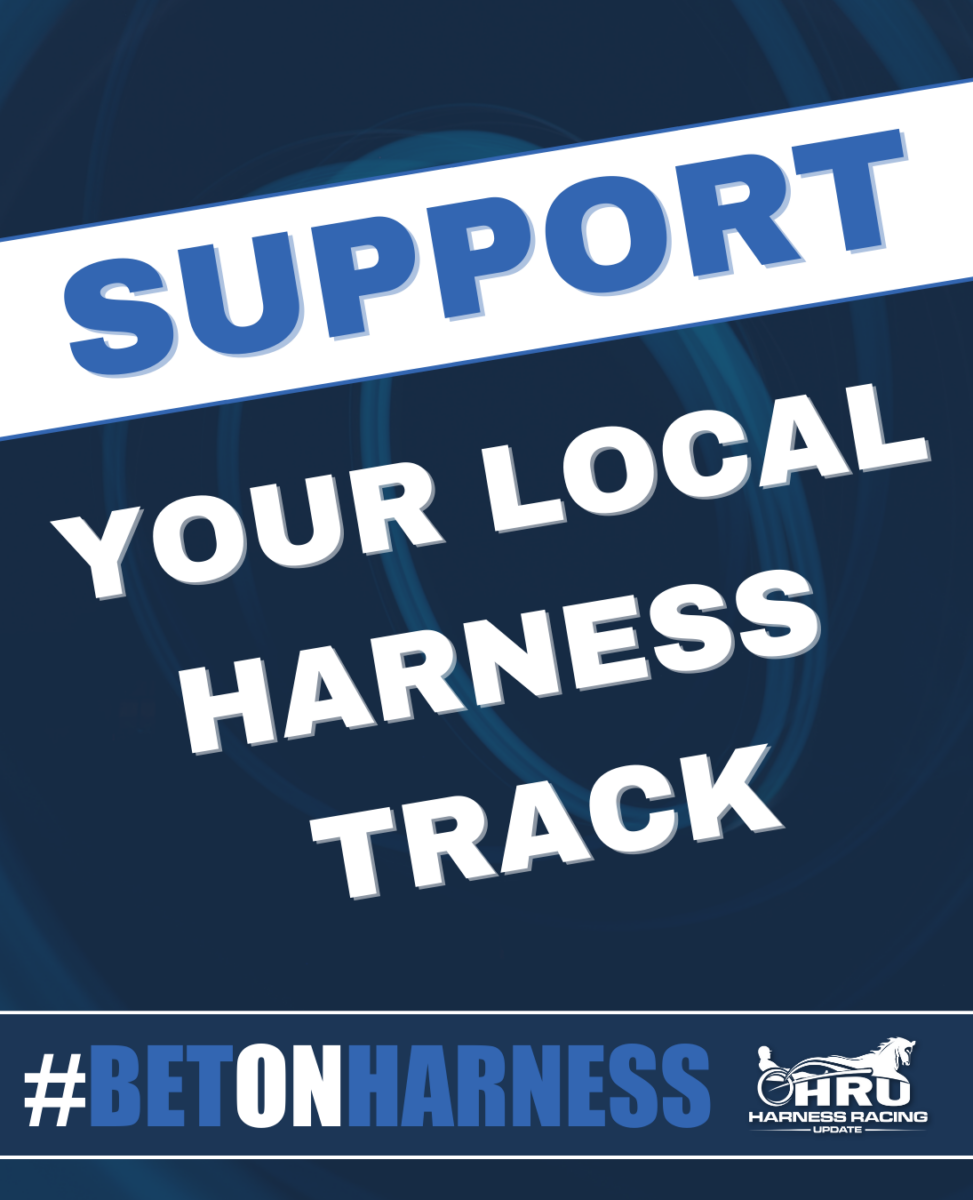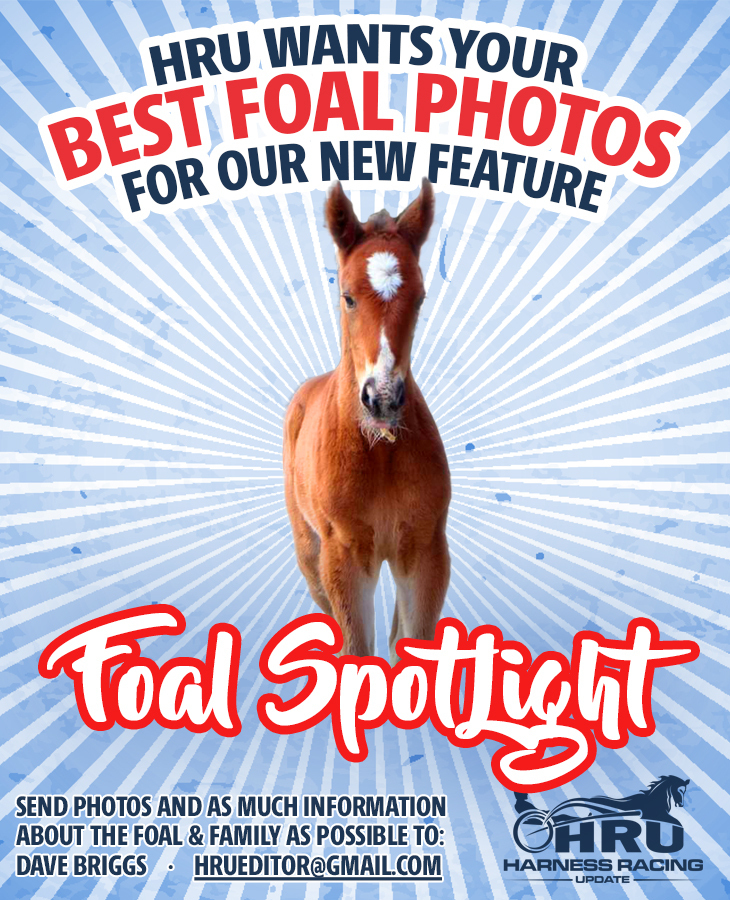The Meadowlands’ origin story is compelling
by Bob Heyden
Happy 46th Birthday (on Sept. 1) to The Meadowlands, the track that changed everything.
The decade from 1976-1985 was without any argument the greatest in the sports history.
But, what about the decade prior to The Big M’s opening? Here’s a closer look at that adventurous 10 years.
1966
From Hoof Beats: “Night harness racing has now been approved for New Jersey and reports are even stronger that a new domed $50 million harness palace will be the result. Sire of the proposed “Trotterdome” would be on an 800-acre piece of meadowlands that straddxles both North Bergen and Secaucus.”
Remember that as of this year 1966 only Freehold had a New Jersey harness racing license and the maximum allowed was four (both standardbred and thoroughbreds).
1967
From Hoof Beats: “New Jersey paved the way, on October 3, 1967, for their entry into the big time night harness field as the State Racing Commission approved the application of Jersey Downs to build a $20 million track on the Secaucus meadows, about 10 minutes from Times Square. A 100 night summer meeting will be held at the Secaucus track, hopefully by 1969. The track will be built and run by Jersey Downs Inc., a combine headed by Thomas. F. Lynch, executive vice president of Yonkers Raceway. Lynch has stated he will resign that post. The new Secaucus track will be 5/8ths and will accommodate 30,000 fans and 9,200 cars. There will be stalls for 1,000 horses. Lynch has predicted the New Jersey plant will be “the finest in the nation.’”
You can see things were indeed brewing early on.
1972
It wasn’t until 1972 that Governor Cahill of New Jersey had real plans for a complex — one with a 76,000 football stadium to house the NY Giants, too. Quite important is the fact that the 1972 proposal, unlike those prior, did not require voter approval of a referendum. Special legislation was proposed and passed to circumvent the constitutional requirement.
One of the last obstacles before construction began was when the State Supreme Court ruled that the project would not “adversely affect the environment.”
Anthony Abbatiello, the president of the SBOANJ, was entirely influential right from the get-go. He worked with Jack Krumpe, executive director of the New Jersey Sports And Exposition Authority. “I have seen the future and it is close.” This was early 1975 — vintage Tony.
1975
“The concrete pilings from the bottomless marshlands of Hackensack began blossoming with steel, LOTS of steel. Already able-bodied men are lining up for the chance to ram the rivets. It’s spooky how even the Recession has come to the aid of the New Jersey Sports Authority and its super-duper-ultra modern plush Complex.” So said Charlie Leerhsen in his March 1975 column in Hoof Beats, “Jersey Arrives”
It was a $294 million project funded by bonds. The New York banks initially all got together and later figured it wasn’t in their best interests at all. They were the original grandfathers (sponsors) to the project, supposedly. The sports complex was on-again-off-again for sure.
Several factors evolved to more or less kill — or try to — any advancement or progress in New Jersey. Traffic was a major concern in the very concentrated area. New York racing interests were involved. Phil Iselin, president of Monmouth Park, filed suit questioning the constitutionality of the act authorizing the New Jersey Sports Authority. Eugene Mori, president of Garden State Park, reminded everyone that the Lincoln Tunnel would be jammed and that bond financing risky. Robert Levy, president of Atlantic City, decried unfair competition and suggested that if the state was going to run a new track it should buy up all existing tracks in the state. John Lindsay, Mayor of New York City, said he would fix up Yankee Stadium and find a new football team, but David Sonny Werblin, the father of the Meadowlands, if ever there was one, said that the plant was to be an architectural wonder in the Meadowlands — with escalators.
But Brendan Byrne was then the New Jersey Governor and he was all for it. The Meadowlands and the New Jersey Sports & Exposition Authority was about to happen.
John Higgins, the executive secretary of the New Jersey Standardbred Breeders and Owners Association, and Anthony Abbatiello were all on hand to sign the historic bill which legislated purses for the very first time for the state’s harness tracks at a substantial increase. The new bill allowed for the highest purse structure in the country when the track opened in October, ahead of schedule
There was even a film from pre-opening called “New Jersey: A Growing Garden For The Harness Horse” (Remember the thoroughbreds did not race at The Big M in year one. They kicked off in 1977).
The management bought lots and lots of advertising. The George Washington Bridge was CLOSED so that Tony Abbatiello could drive a horse across, symbolizing big time racing coming to The Garden State.
Bill Kolm, the Meadowlands’ director of advertising, “We wanted to locate the track in people’s minds. Once we felt we had done that, we set out to sell the place as an exciting evening out of entertainment. We wanted to appeal to the young suburban couples who were not regular racegoers but who were looking for some place to have a good time.”
Phil Dunn, former manager of marketing services for Fasig-Tipton Company, was brought on board. He was the first director of administration and an assistant to Bob Quigley, who was on board two years prior to the opening. Take your pick between Quigley and racing secretary Joe DeFrank as to who was the biggest influence early on and you’d be right either way. Clyde Miles was hired as the director of the racing properties. He had been track superintendent at Laurel for two decades. Property you say? That is saying something. The Meadowlands was 588 acres.
Sam Anzalone was a 13-year Yonkers Raceway publicity maven. At 41, he was appointed public relations director at Bridgeport Hai-Lai, but eventually made his way to East Rutherford along with Allen Gutterman. A PR duo second to none. Pete Wagar was the starter and in year one, combined, he started an incredible 4,322 races
But back to Gutterman. Look at what Leerhsen had to say about Gutterman in those formative days, “Allen is one of those rare birds. He scours the plant looking for good stories and then getting them on paper in a way that has consistently satisfied the editors of the nation’s largest newspapers. Gutterman hates being rejected or even rewritten — and avoids those indignities by choosing his subjects wisely and describing them well.”
Not much looks like it did in 1976. But the Meadowlands is still the mecca. The base, the foundation, the trunk if you will, is unequaled — before or since.
Many thanks go to a powerful-interested, totally-dedicated team that made today possible.

















